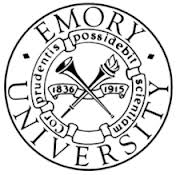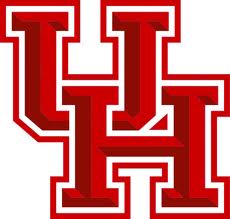Trace finite element methods
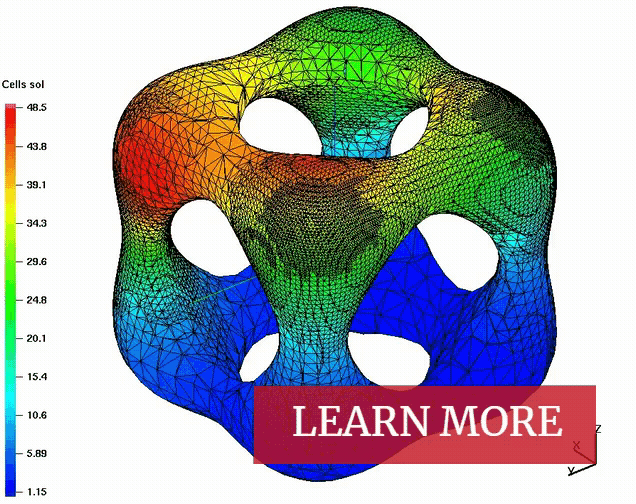
|
Trace finite element methods provide effective technique to find numerical solutions to PDE's posed on (evolving) surfaces and in domains with curvilinear boundaries without fitting a mesh. Equations posed on surfaces describe, for example, transport and diffusion of pulmonary surfactants. The method is based on Eulerian description of a surface evolution, features easy mesh adaptation and optimal order of convergence in H1 and L2 norms. Has been supported by NSF. Learn more. |
Numerical modelling of bio-membranes
| We are particularly interested in understanding and modelling of processes involving phase separation in plasma membranes. This includes a variety of important cellular processes. For example, lipid-driven separation of immiscible liquid phases is likely a factor in the formation of rafts in cell membranes, which have been associated with important biological processes, such as endocytosis, adhesion, signaling, and protein transport. Together with colleagues from bio-engineering we work on utilizing lipid phase separation to enhance the delivery performance of targeted lipid vesicles. Supported by NSF. Learn more. |
Flows on manifolds
| Fluid equations posed on manifolds arise in continuum based models of thin material layers with lateral viscosity such as lipid bi-layers. Beyond biological sciences, fluid equations on surfaces appear in the literature on modeling of foams, emulsions and liquid crystals. Not least, it is a classical problem of pure mathematical interest. Supported by NSF. Learn more. |

|
Vortical and high speed flows
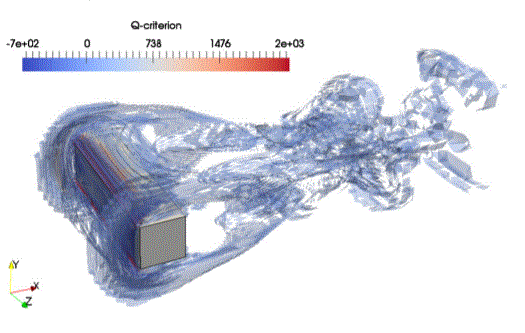
|
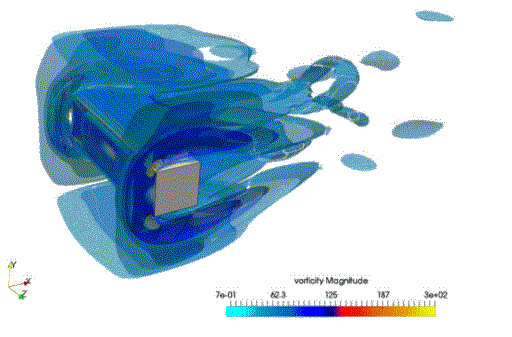
|
I am interested in multiscale and geometric structure preserving numerical methods for fluid flows. This is fascinating, though extremely challenging and competitive, research area. Our research efforts here have been supported by NSF and Army Research Office. We collaborate with Dr Rebholz and Dr Heister research groups from Clemson. |
Viscoplastic fluids
|
Viscoplastic fluids are remarkable
for having both features of solid and fluid, depending on how much it has been stressed. For instance a toothpaste
behaves like a solid when left alone, but flows when we stress it. Learn more. |

|
Cardio-vascular simulations
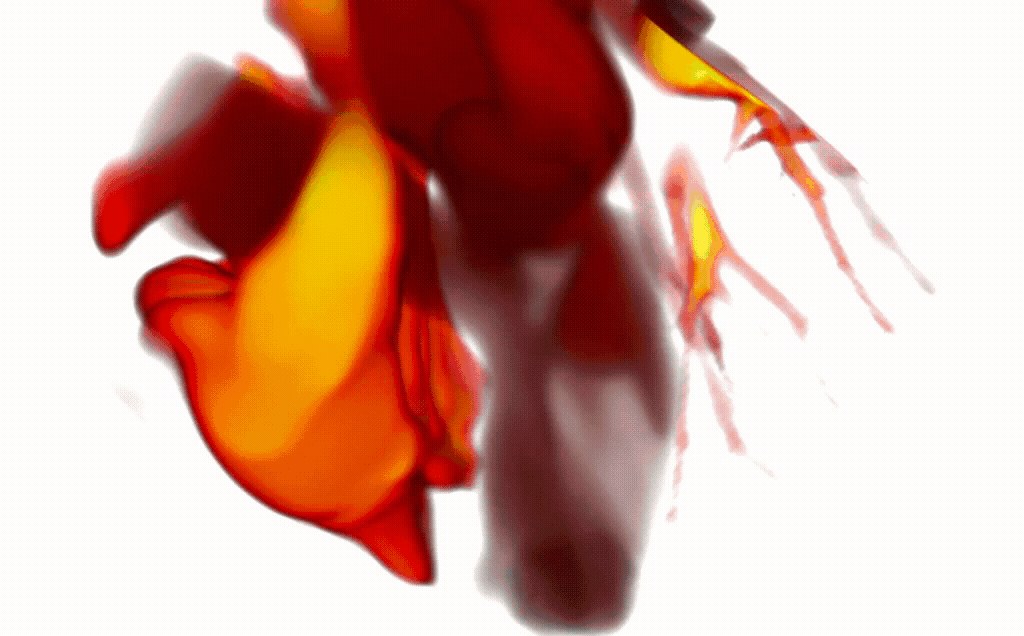
|
Coming soon. |

